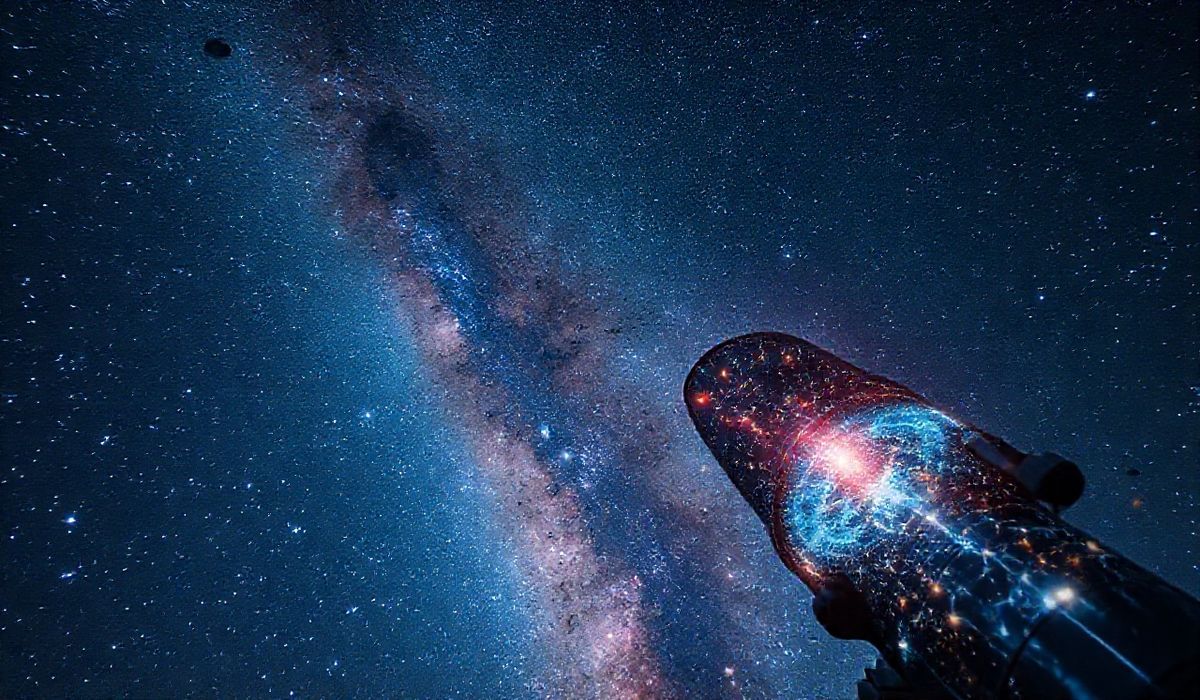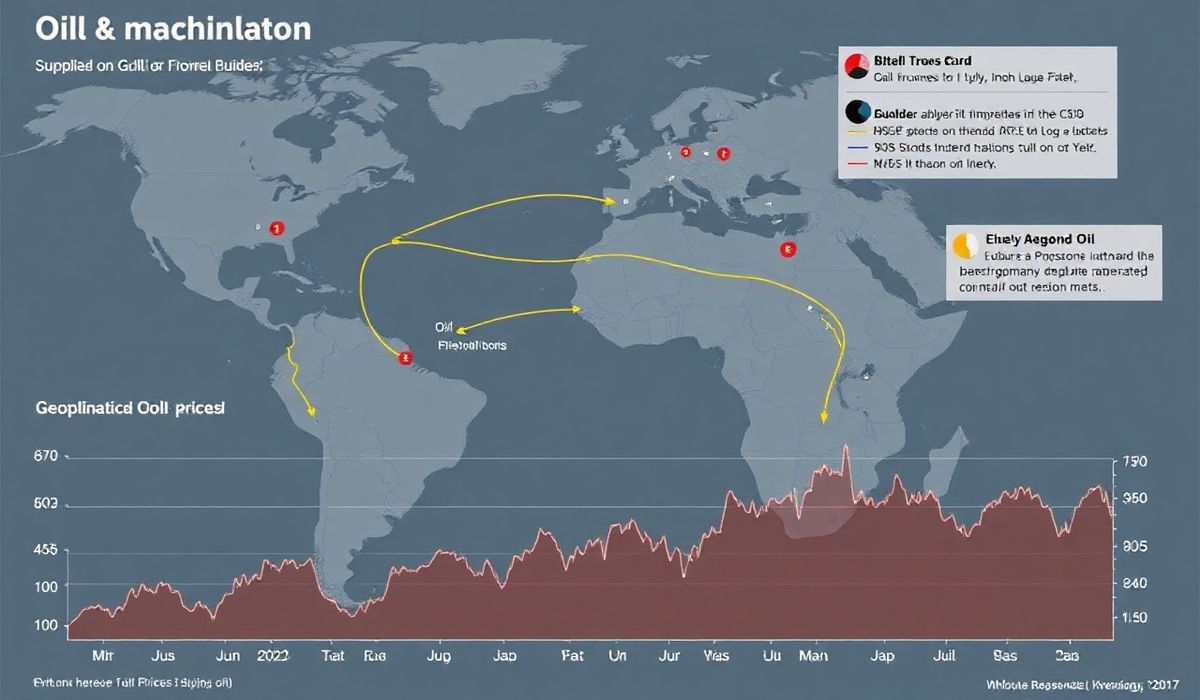The European Space Agency’s Gaia spacecraft has concluded its groundbreaking decade-long sky-scanning phase, during which it captured over three trillion observations of the Milky Way. Launched to create the most precise 3D map of our galaxy, the mission represents a landmark achievement in space exploration and astronomical data collection. As Gaia transitions to its next phase of analysis, its contributions will continue shaping our understanding of the cosmos.
Vero’s thoughts on the news:
The conclusion of Gaia’s active mapping phase marks a remarkable milestone in leveraging technology to decode astronomical complexities. Gaia’s vast dataset is a testament to the power of data aggregation and precision engineering, providing a treasure trove of insights that could inspire advancements in both space science and data processing methodologies. For enthusiasts in software development and IT, this highlights how cutting-edge tech—from advanced algorithms to data visualization—has been crucial in realizing such ambitious projects. It’s exciting to see how Gaia’s legacy will continue to push technological and scientific boundaries.
Source: Got a telescope? Bid farewell to ESA’s retiring Milky Way mapper – The Register
Hash: 297ebcd24687b81ca2cd80999f64c85a906d816771a1a8b0b831169134a0bfb8




